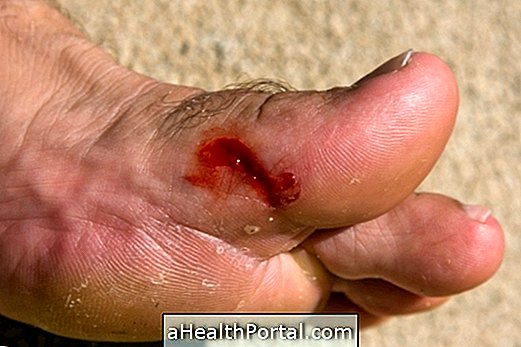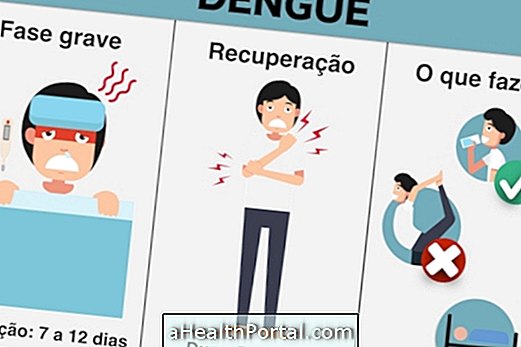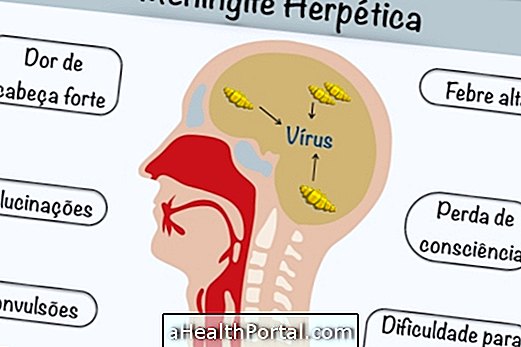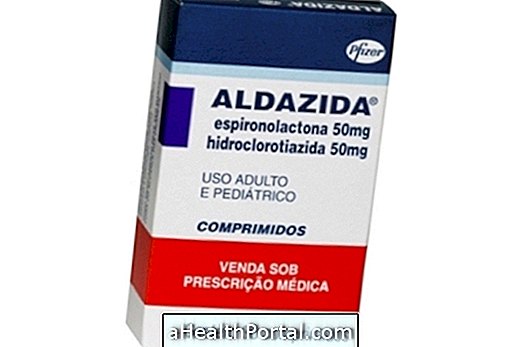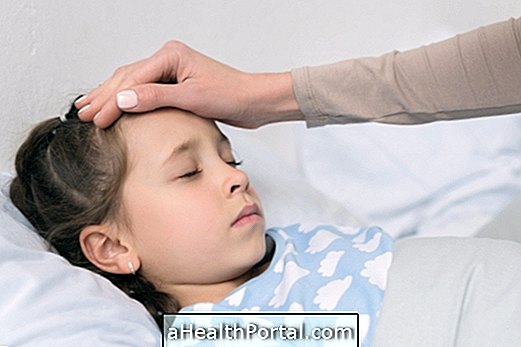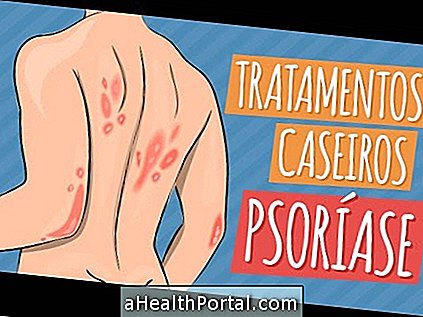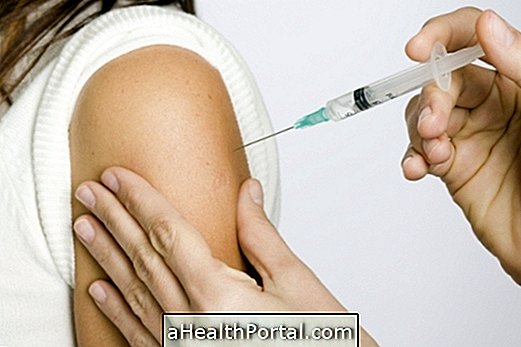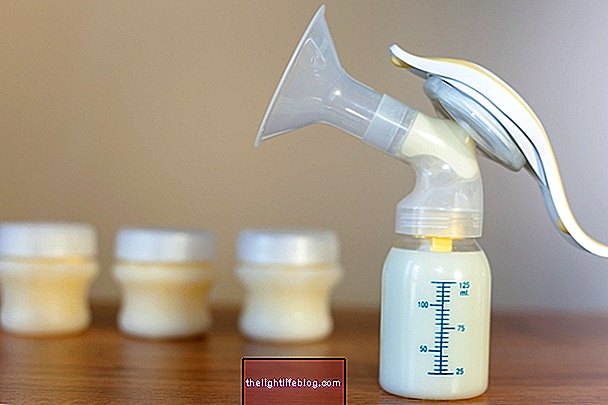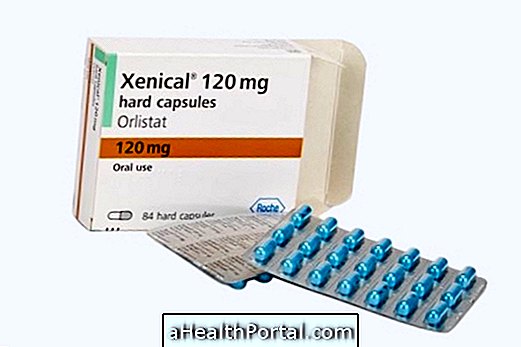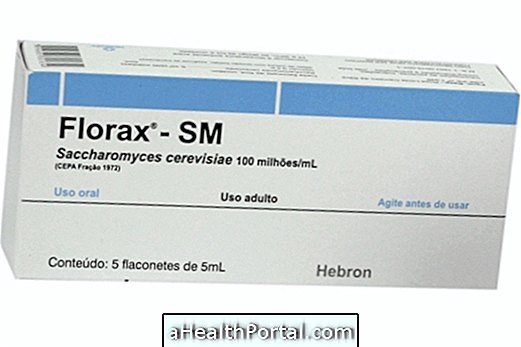Meningitis is a severe inflammation of the meninges, which are the membranes lining the brain and the entire spinal cord. This disease should be identified early to initiate appropriate treatment and avoid complications such as loss of vision or hearing.
Usually this disease is caused by viruses or bacteria, and may arise after ill treated flu, for example, but in some cases it can also be caused by strong strokes or fungi, especially when the immune system is weakened, as in the case of the elderly or autoimmune diseases.
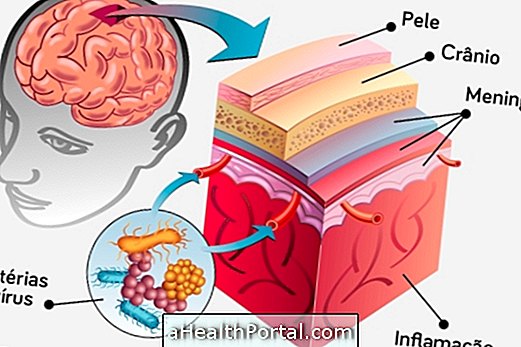
What are the most common symptoms
The main symptoms may include:
- High fever;
- Strong headache;
- Nausea and vomiting;
- Neck stiffness with intense pain that makes it difficult to touch the chin in the chest;
- Mental confusion;
- Intolerance to light and noise;
- Excessive tiredness;
- There may be red spots on the skin.
In the baby, the most common symptoms are:
- High fever;
- Irritability or Drowsiness;
- Acute crying;
- There may be convulsions;
- The mill may become tense or present in a steady state.
The diagnosis of meningitis is confirmed after the examination of the lumbar puncture which consists of withdrawing a small amount of liquid present in the spine by means of an injection.
How Transmission Happens
Meningitis is contagious and can be transmitted through contact with saliva droplets of the infected individual through coughing, sneezing or speaking.
The virus can not survive in the air and therefore a closer contact with the patient is necessary for another to be infected. Kisses on the mouth and tongue are a prone means to catch meningitis, but this only occurs if the individual is not vaccinated against the disease. Handshaking, hugging, sharing personal belongings and staying less than 6 hours in contact with the patient do not pose a health risk.
Viral meningitis is more common in the summer and bacterial meningitis is more common in the winter. However, there is a more serious type of this disease that is caused by the herpes virus, called herpetic meningitis.
How to protect yourself
The prevention of some types of meningitis can be done through vaccination that occurs in 3 doses even in childhood. Infants should receive the first dose of the vaccine to prevent meningitis at 1 month, and the other doses at 3 and 6 months becoming immune to the most common forms of the disease.
However, since there is not yet a vaccine for each microorganism that can cause meningitis, it is recommended to avoid contact with individuals diagnosed with the disease.
How is the treatment done?
The treatment for meningitis depends on its cause and can be treated with antibiotics, anti-viral or corticosteroids in a hospital setting. Some medicines that may be used in bacterial meningitis are cefotaxime and ampicillin, or acyclovir, in the case of viral meningitis, and depending on the severity of the disease, the patient can be kept in the Intensive Care Unit.
Treatment should be started promptly to decrease the risk of complications. The duration of treatment for meningitis is approximately 5 to 10 days, and in the first 24 hours of treatment, the individual should be isolated to avoid transmitting the disease to others. Surveillance of your contacts is important for a minimum of 10 days.
The sequelae of meningitis may be:
- Loss of vision or hearing;
- Cerebral compromise;
- With the;
- Death.
These sequelae may occur when the treatment of meningitis is done inadequately or late. Learn more about Meningitis Sequelae.


